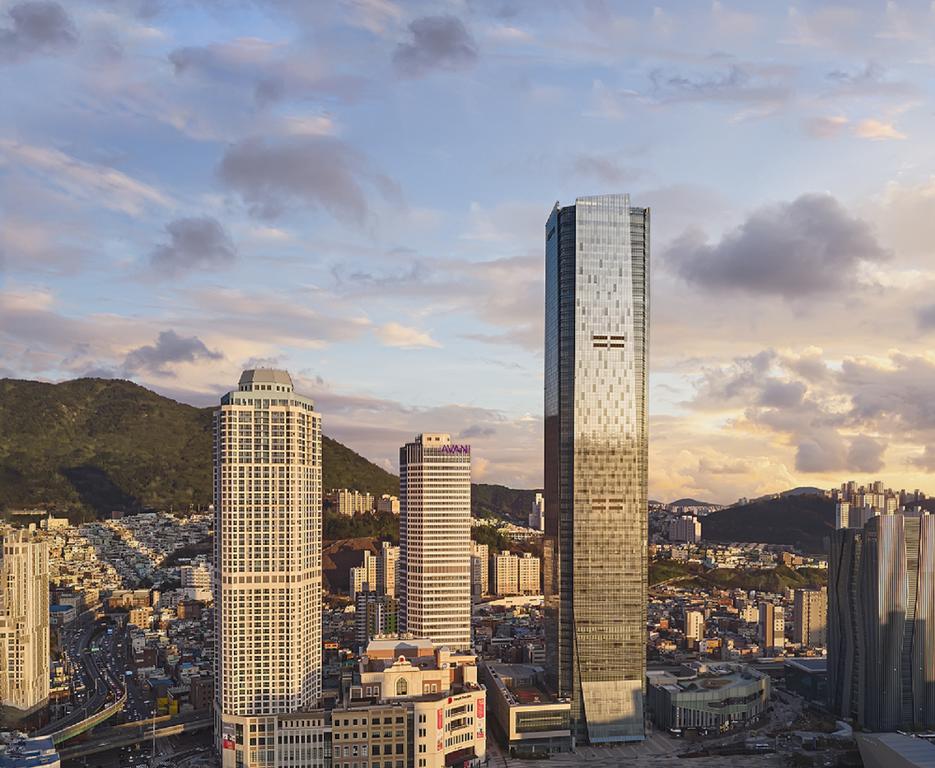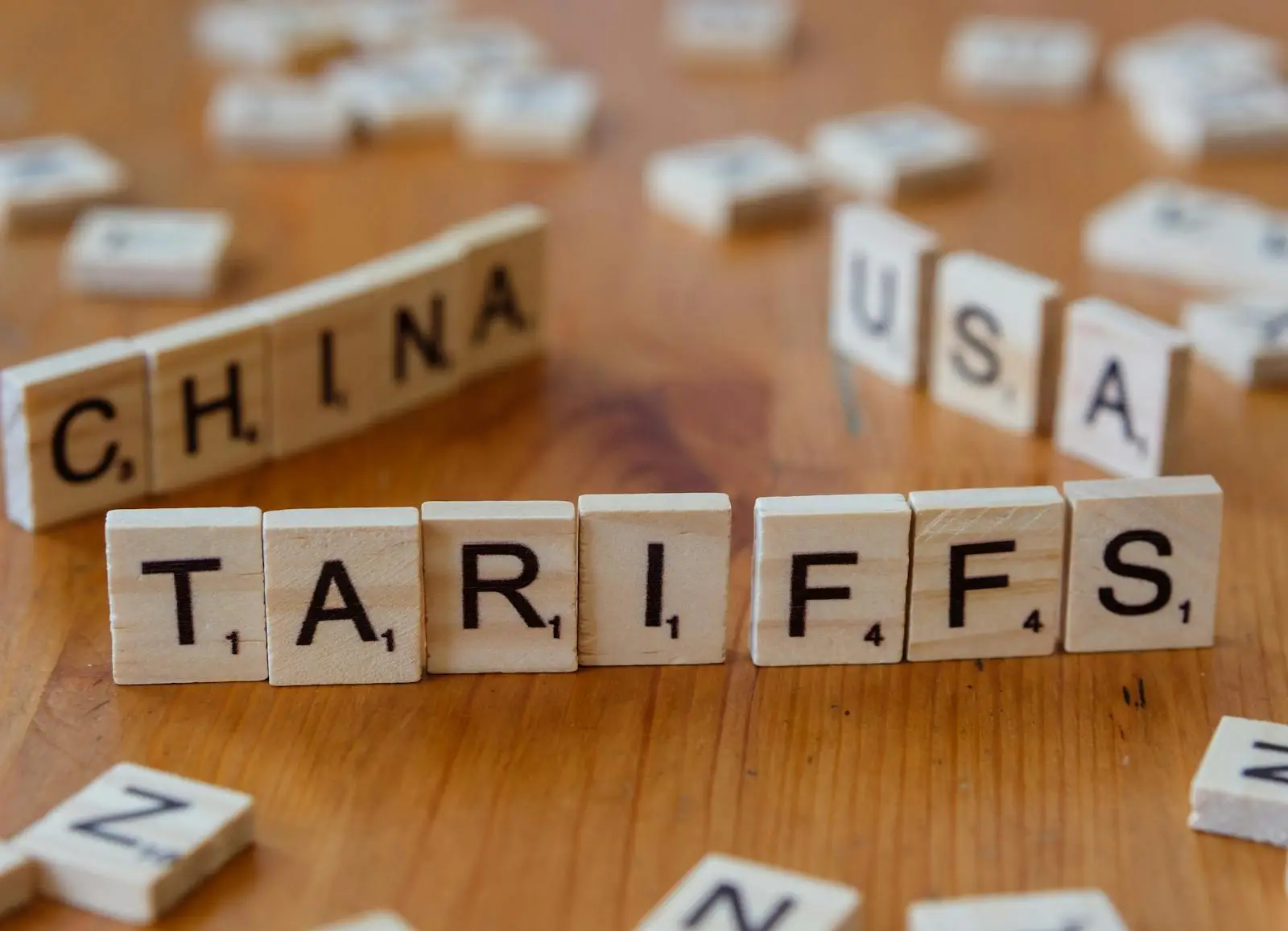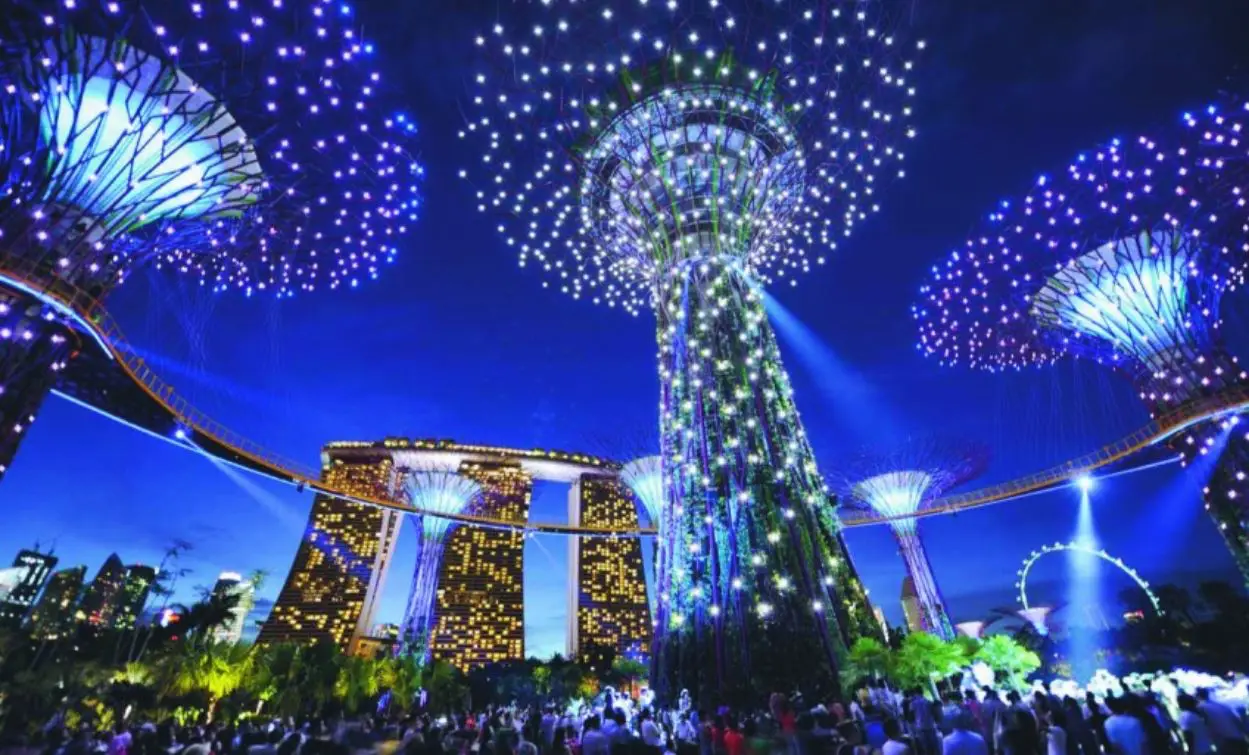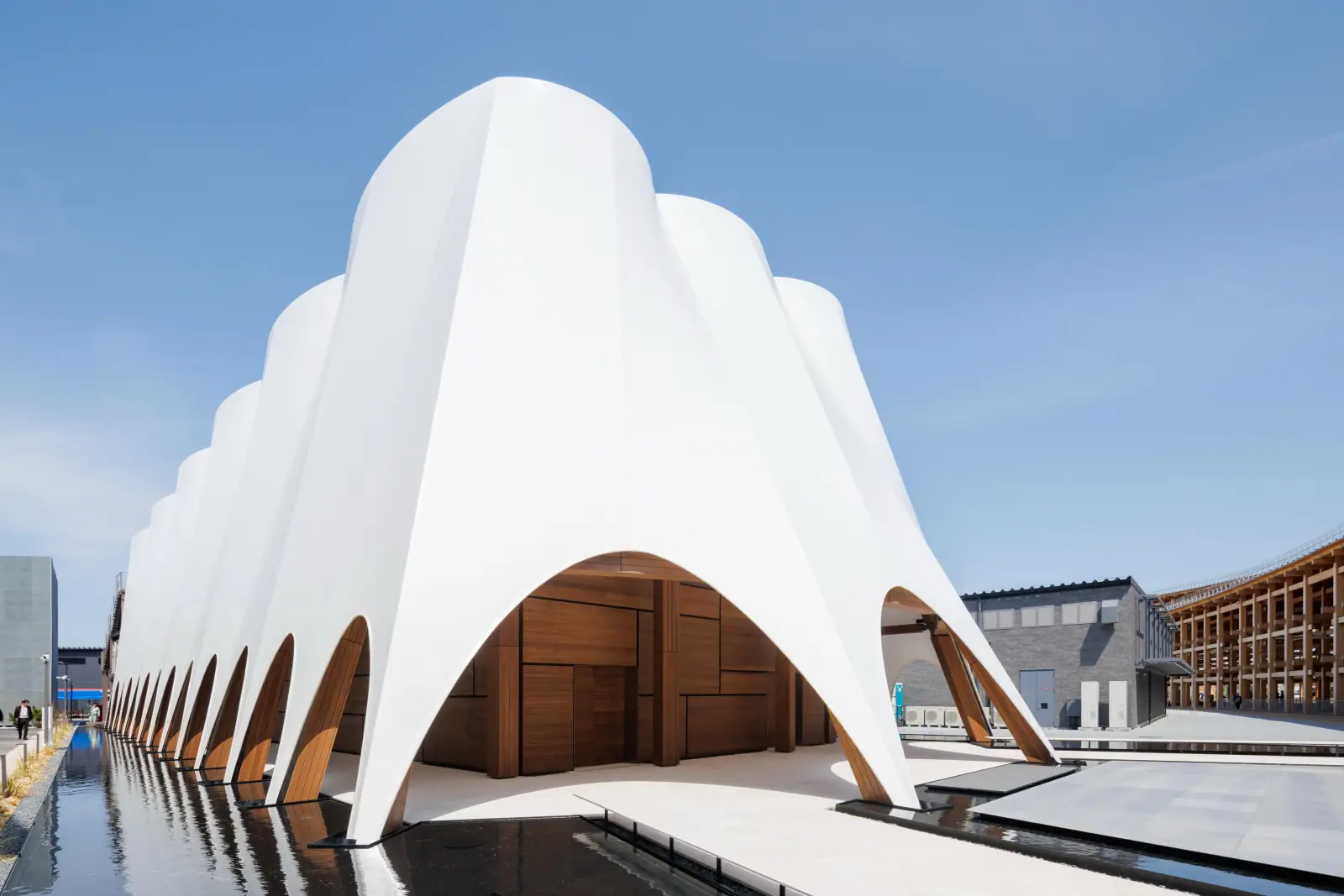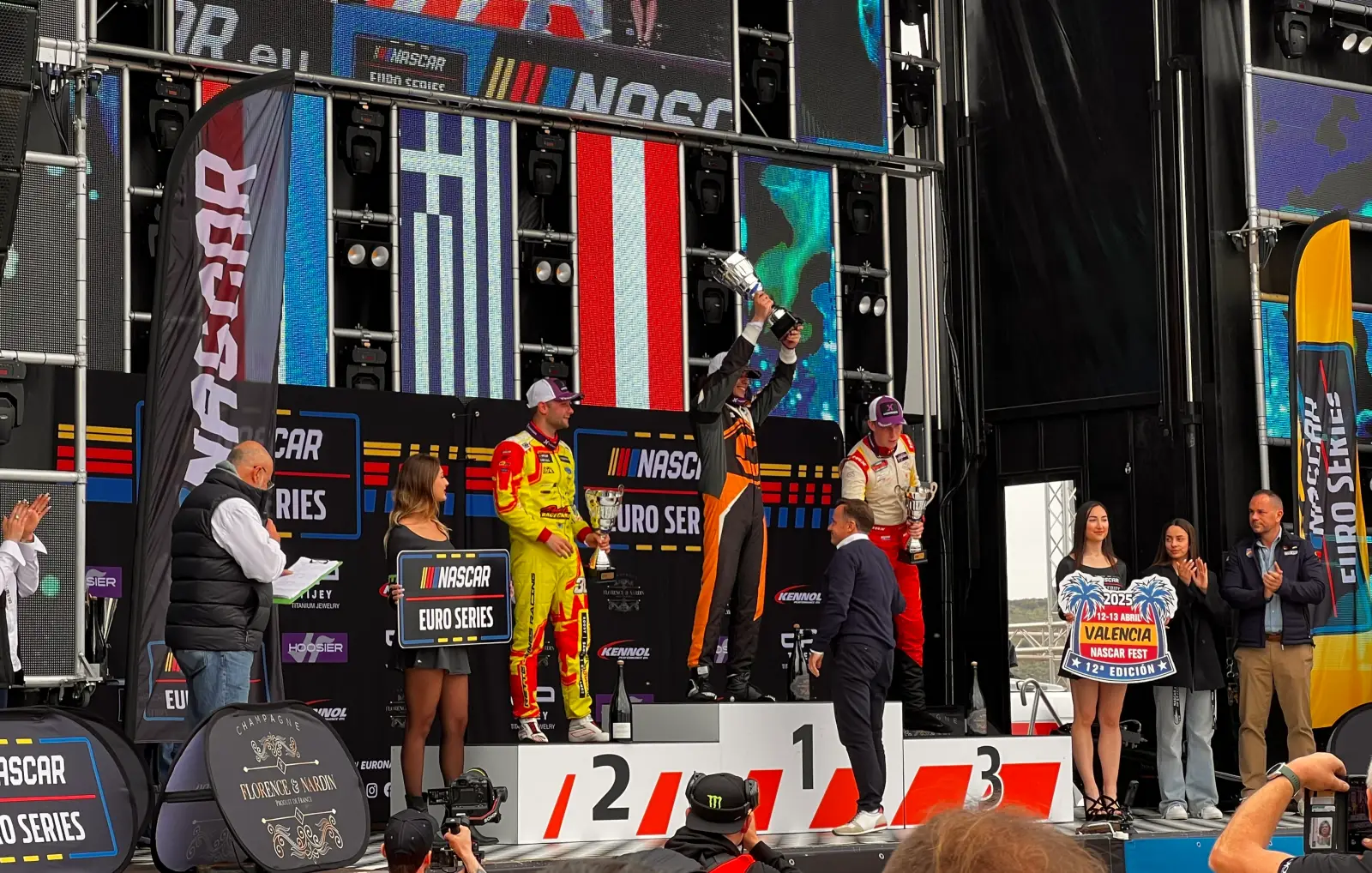TomTom announced its latest report that reveals the most congested cities in the U.S.
According to the TomTom Traffic Index, a report that provides drivers, city planners, auto manufacturers and policy makers with unbiased statistics and information about congestion levels in 403 cities across 56 countries around the world, Los Angeles is the most congested city in the U.S. this year with drivers spending an average of 41 percent extra travel time stuck in traffic. Following Los Angeles, the top five most congested cities in the U.S. are rounded out by New York, N.Y. (36 percent), San Francisco (34 percent), San Jose, Calif. (32 percent), and Seattle, Wash. (31 percent), respectively.
Ranking of the most congested cities in U.S
(Overall daily congestion level – extra travel time):
1 | Los Angeles, CA | 41% | 6 | Miami, FL | 30% |
2 | New York, NY | 36% | 7 | Chicago, IL | 28% |
3 | San Francisco, CA | 34% | 8 | Washington, D.C. | 28% |
4 | San Jose, CA | 32% | 9 | Honolulu, HI | 28% |
5 | Seattle, WA | 31% | 10 | Atlanta, GA | 26% |
The Global Picture: Congestion on the Rise
Traffic congestion has increased globally during the past decade, and nearly 75 percent of the cities TomTom includes in the new Traffic Index report had increased or stable congestion levels between 2017 and 2018, with only 90 cities showing measurable decreases.
Ralf-Peter Schaefer, TomTom’s VP of Traffic information, said: “Globally, traffic congestion is rising. And that’s both good and bad news. It’s good because traffic increases often indicate a strong economy, but the flip side is drivers wasting time sitting in traffic, not to mention the huge environmental impact.”
Significant differences appear when comparing continents: for example, many of the biggest decreases were found in Asia, with most significant dips found in Jakarta (-8%), while nearly every city in South America posted increases, the largest (8%) identified in Lima, Peru.
North America’s top five most congested cities are Mexico City (52%), Los Angeles (41%), Vancouver (38%), New York (36%), and San Francisco (34%).
Hope on the Horizon
In the U.S., cities can learn from Portland, Ore. and Salt Lake City, Utah, where congestion improved by 3 percent and 2 percent, respectively. Both cities have found success deploying traffic reduction measures, and for many years, invested heavily in sophisticated traffic light optimization, bike infrastructure, light rail transit, and reductions to parking availability. In New Haven, Conn., the city has embraced integrated transit, bicycle, and pedestrian options and to ensure job growth happens in locations with non-car commuting options which has also resulted in a 2 percent congestion dip.
Nick Cohn, Senior Traffic Expert, TomTom, comments: “Traffic congestion is a fact of life for every driver – and this year’s Traffic Index results show that the problem isn’t going away. Although it’s no surprise that cities like Los Angeles, New York City and San Francisco continue to rank at the top of the list as the most congested cities in the U.S. due to various factors, we’ve been pleased to uncover some positive developments in cities like Portland and Salt Lake City, which might serve as examples for other cities.”




